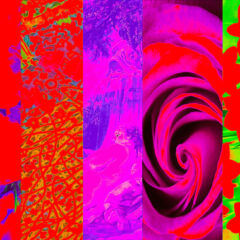The body is a trickster in the art of Tristin Lowe–it inflates, it deflates, beyond the owner’s control. It’s all a little embarrassing. And yet it’s not to be dismissed or ignored–so much ourselves and so much something beyond our control.
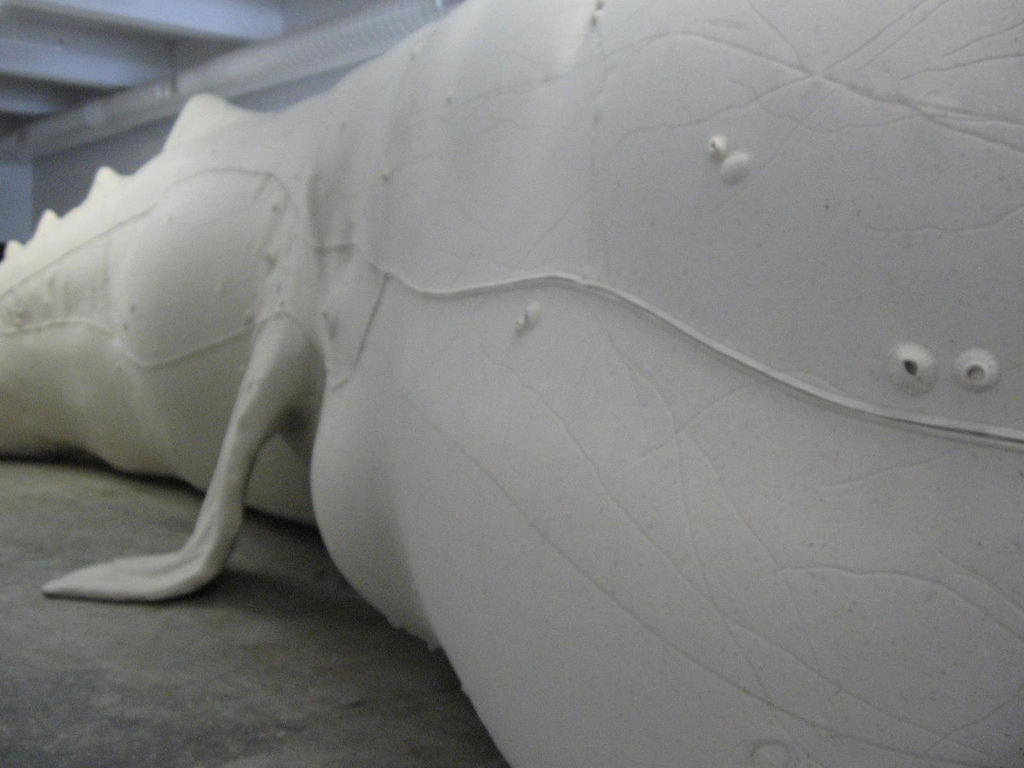
But Lowe’s whale, Mocha Dick, which debuted at the Fabric Workshop and Museum Friday, swims well beyond the limits of body metaphors. Lowe’s bad-boy charm of deliberately frayed construction and abject, self-deprecating forms of macho has been replaced here by a Blake-ian respect. Mocha Dick is like William Blake’s Tyger, at once admired, feared, and wondered at. Yet Mocha doesn’t pretend to be divine in the way it was fashioned, but rather was made by basic fabric and sewing.
Mocha Dick’s scale–based on the real-life scale of today’s sperm whale population (a 52-foot monster, considerably smaller than some of the 85-foot whale skeletons that we have from the past, according to Lowe, who is up on his whale facts as well as his Melville), turns us humans filling the gallery into an army Lilliputians. And like all armies, we have wreaked destruction with our dominance.
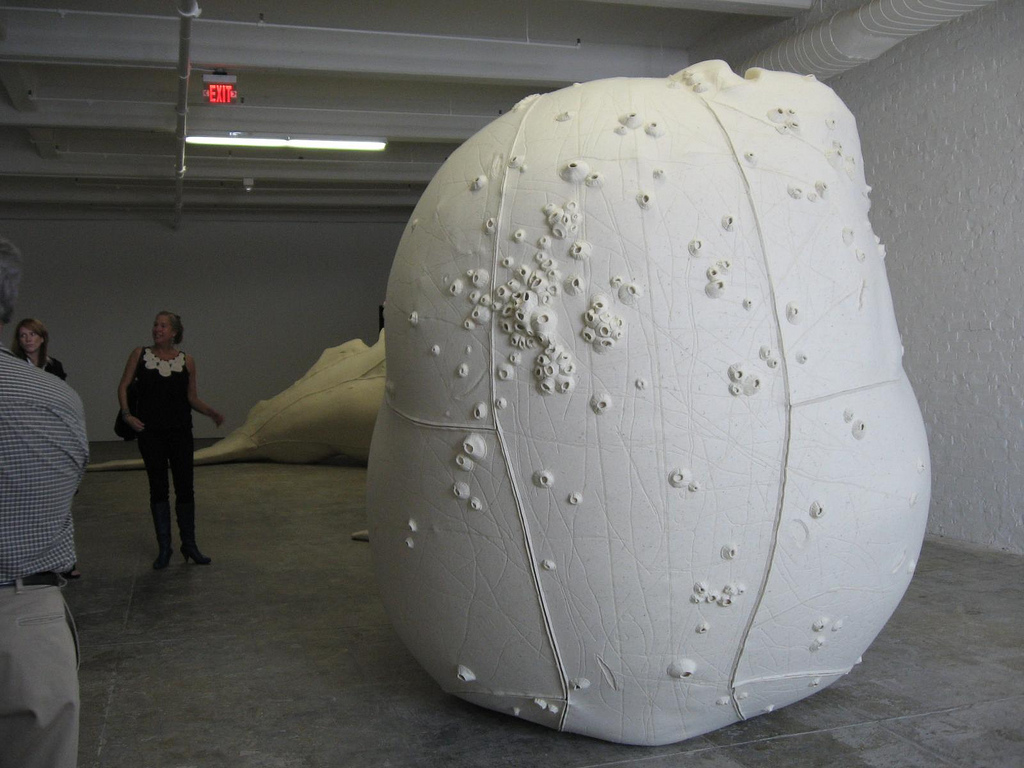
Lowe’s white whale is a thick-hided creature of industrial-strength felt. The hide covers an inflatable designed by Lowe. The covering was designed like a dress pattern, with zipper seams providing a means of dressing the balloon as well as delivering a sense of form and style.
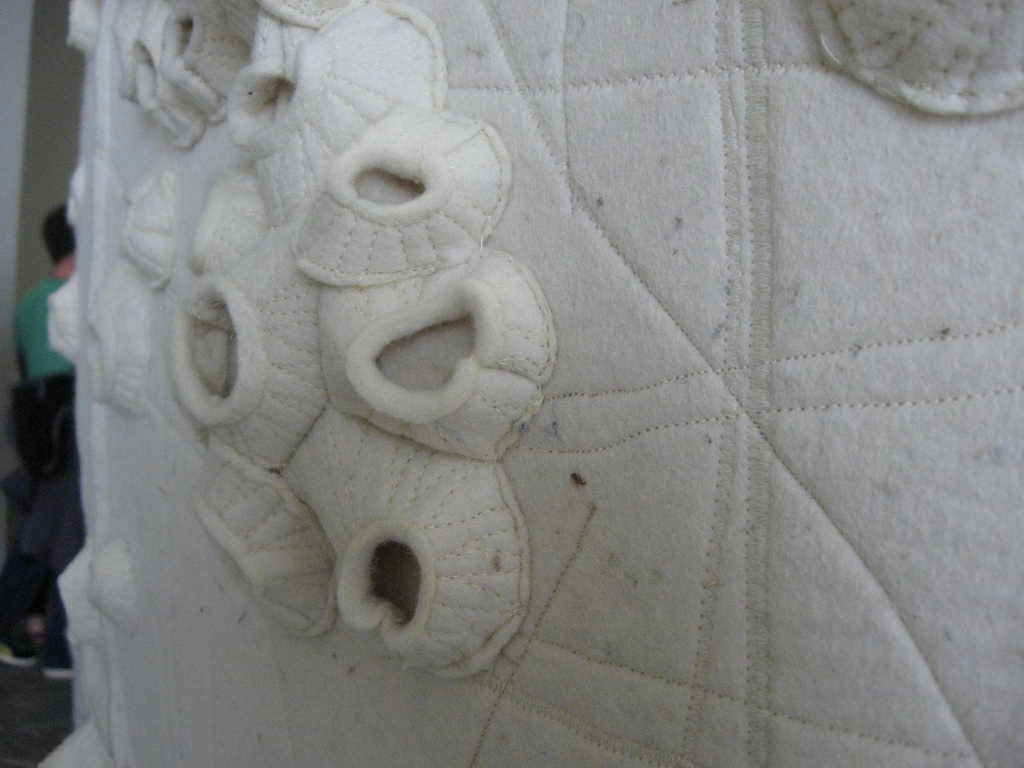
Terraced scars are carved into the felt, and zig-zag in stitches across the body. Beautiful barnacles are appliqued, flowering across the old survivor’s skin in colonies. In Melville and in Lowe, it is man’s nemesis, man’s alter-ego, and the engine of man’s greatest folly.
He is named in part after Mocha Island, near where the original inspiration for Moby Dick terrorized whalers. I suppose we can also presume, given Lowe’s sense of humor, that the Dick part of the name was retained as a salute to the whale’s maleness. By the way, if you haven’t read the In the Heart of the Sea, by Nathaniel Philbrick, which retells the facts behind Moby Dick as it examines the 19th century whaling industry, check it out. It’s full of shocking details as well as a warty picture of a society’s time of prosperity–and the price it paid.
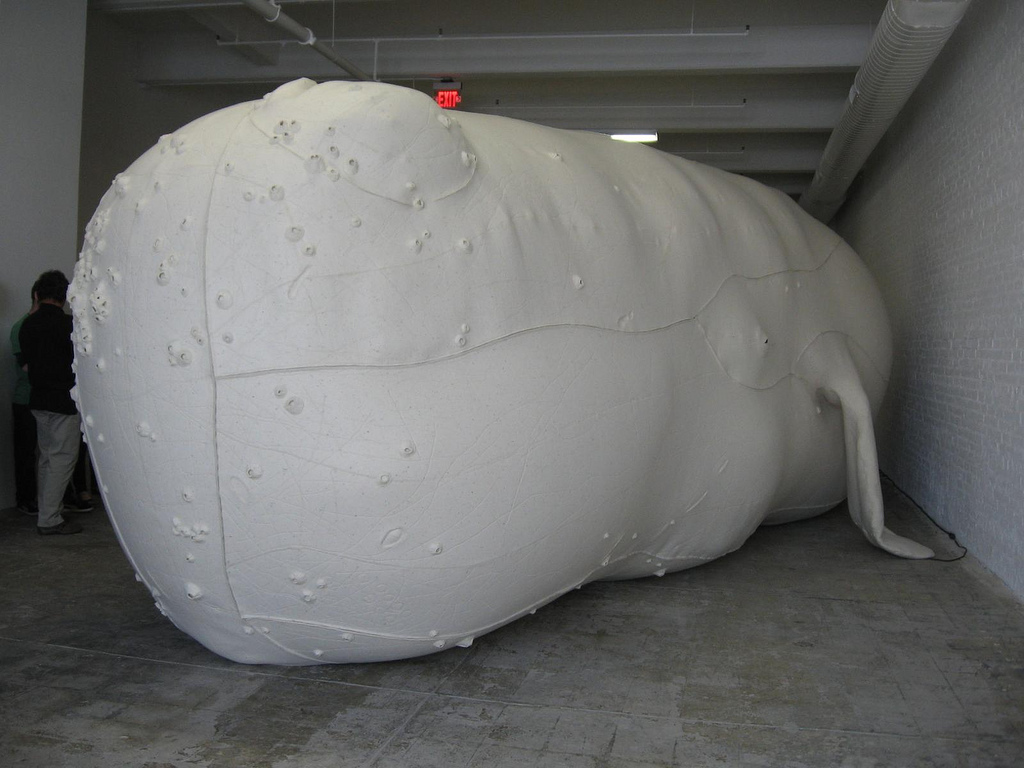
Another fact from Lowe’s compendium of whale facts (he’s like one of Melville’s cetology chapters once you get him going), which he shared at the opening night artist’s walk-through: The whale has a 20-pound-plus brain. Now there’s a metaphor for you. We and the whale, for all our braininess, are out of our depth!
“The whale is not beached,” said Lowe on opening night, Friday, explaining that he was trying to create an experience of The Other. Me, I can see that, but I can also see that he has created an experience of The Other in ourselves.
So in this Lowe has created with the Sublime of the whale that same sort of self-horror that inhabits the other extreme of his art-making.
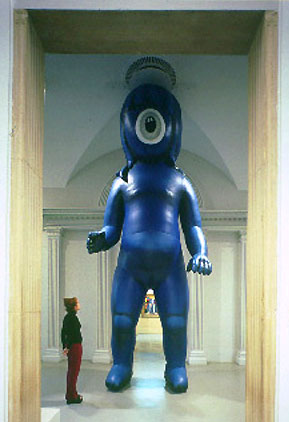
This is the Philadelphia artist’s second FWM collaboration. The other, in 1998, resulted in a giant, fan-inflated naked, blue girl named Alice, with one giant eye for a face.
In addition to the Fabric Workshop creation, Lowe will also be exhibiting other works about the folly of what it means to be human, also in felt, at Fleisher/Ollman in a show with Paul Swenbeck, opening May 14.





